Man, how wicked were the 90’s?
The fashion was the best.

The music was the best.

The videogames were the best.

The 1990’s was the end of the millennium, but the beginning of the 3D gaming revolution.

Early attempts at polygonal 3D games on consoles were a bit jank, as developers struggled to adapt existing 2D franchises into three dimensions. With only a few exceptions, I’d say 3D gaming in the 90’s was one of the few things that sucked about the decade.

In all screen disciplines, technology was slowly catching up to creators’ artistic ambitions.

But real-time CG rendering still wasn’t quite there. Producing highly detailed 3D models required much more processing power than most consoles could provide. From this technological shortcoming blossomed the most brilliant way to create lush, detailed 3D environments, without requiring players to own a supercomputer to play games on.




Pre-rendered backgrounds were hugely detailed 3D scenes that would be rendered down to an 2D image, then that image would be placed beneath the characters in the scene. If you’ve ever wondered why early Final Fantasy characters look like lego men, this is why.

See, Cloud’s model is being rendered in real-time 3D by the playstation, and his model is probably under 50 polygons. Easy. The background he’s standing on is pre-rendered, and you can see the detail it has would require thousands of polygons to be rendered each frame of the game, which the PSone just couldn’t do.
So developers had a choice, either have very blocky, low-poly environments (Mario 64), or use pre-rendered environments.

So why wouldn’t you use pre-rendered environment, since they look so much better? I hear you ask. well, since they were literally just a flat image that was being placed beneath the characters, there were some major limitations, the biggest one being that you could never change perspective freely. So whereas Mario 64 let players mover the camera at will, Final Fantasy games had the camera locked to set positions, otherwise things start looking… wrong.
This is hard to get across in words, but you can see it in the Resident Evil games on GameCube. Camer movement should alter the way the environment looks, but it doesn’t, which makes the scene look static, and slightly off.
Notice of the camera isn’t actually tilting up and down, but rather panning up and down on a flat image?
Here’s a good analogy: You know those crazy chalk street art pictures you sometimes see?



They look great, and actually convey a sense of depth with carefully drawn forced perspective.
But when some dumb shit takes a photo from the wrong angle, it looks so wrong.


The big problem is that they look fantastic, but only from one exact angle.
Naturally, this limits their utility to certain types of game. I think we can all agree that isometric 3D platformers can just fuck right off. Something like a 3D platformer, or an FPS needs to have full camera control, thus can’t use pre-rendered environments.

Cancer.
But like any imperfect quick-fix (Polaroids, 808s, skateboards), creators created some truly unique works using pre-rendered environments. I mentioned Resident Evil before, a series that literally got its start by embracing the awkwardness of controlling an action game in pre-rendered environments.

The tension these games created with their cinematic camera angles and difficult controls basically birthed the survival horror genre, and their influence can still be seen today, despite it’s successors moving away from pre-rendered environments.

But their influence didn’t end there. Later era point-and-click adventure games used pre-rendered 3D to create truly atmospheric scenes for their story driven tales.

Arguably, this was the perfect home for pre-rendered 3D, since adventure games had a heritage of non-player-centric camera positions. Just look at money island.
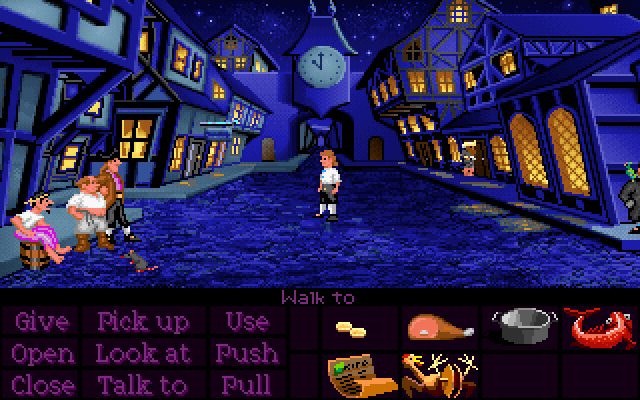

But alas, Grim Fandango’s commercial failure upon release was the final nail in the coffin for the point-and-click genre (for a while, at least), and the industry’s obsession with graphics technology had seen real-time 3D games envelope almost every genre, from horror to strategy games.
Pre-rendered environments were seen as an archaic solution to a problem no one needed to solve anymore. If you could make real-time 3D look just as good, then why constrain the camera? Let the player be the director!
Fools.
In 1993 MYST was released. It was a non-traditional puzzle game where the player explored an island, solving puzzles and reanimating arcane machinery to uncover the game’s story. It was a huge success, attracting interest in videogames from demographics of people who had never so much as heard of Mario or Sonic.
It used pre-rendered 3D images that the player clicked through, directing them around a seemingly open island, free to focus on whichever part of the experience they felt to. It looked like this.

The game designers fine tuned hundreds of unique camera angles to show the player exacly the perfect view to solve the game’s puzzles and take in it’s meloncholic scenery.

In 2000, the game was rereleased under the title realMYST, and featured a real-time 3D environment that the player could traverse , free to stare at puzzles from any angle, basking in all their low-poly glory. That one looked like this.

It seemed like the ultimate Dad-game. MYST, with no immersion-breaking transitions, and the freedom to truly appreciate the game’s genius architecture.
Except…
Oh.
It tuned out that the rigid camera angles of the original MYST actually directed the player’s attention to the puzzles, making realMYST REALLY frustrating, as players would just miss vitally important details as they ran around the (now much smaller feeling) island.

And the island.
Oh.
It turns out, when you have the labyrinthine layout of the island carefully laid out to you in pre-rendered 3D, it seems like the regal, Olympus-like cradle that the characters describe it as. It’s layout makes sense, your eye is drawn to it’s many architectural marvels, and you movement is carefully guided around it’s intricate machinery, allowing you to focus on the gravity of it’s narrative.
The problem is that the island of MYST isn’t actually an architectural marvel. It’s barely even functional as a place for people to inhabit. With full player freedom comes full player scrutiny, and players quickly realised that MYST was a very pretty rubik’s cube, not the brilliantly designed, life-like locale the original game had made it out to be.
Now, I’m not crapping on MYST, the game, I’m saying MYST, the island, was designed to be explored in a very rigid way, with it’s lack of architectural coherence hidden by it’s designers’ careful use of pre-defined camera angles to direct the player through the experience.
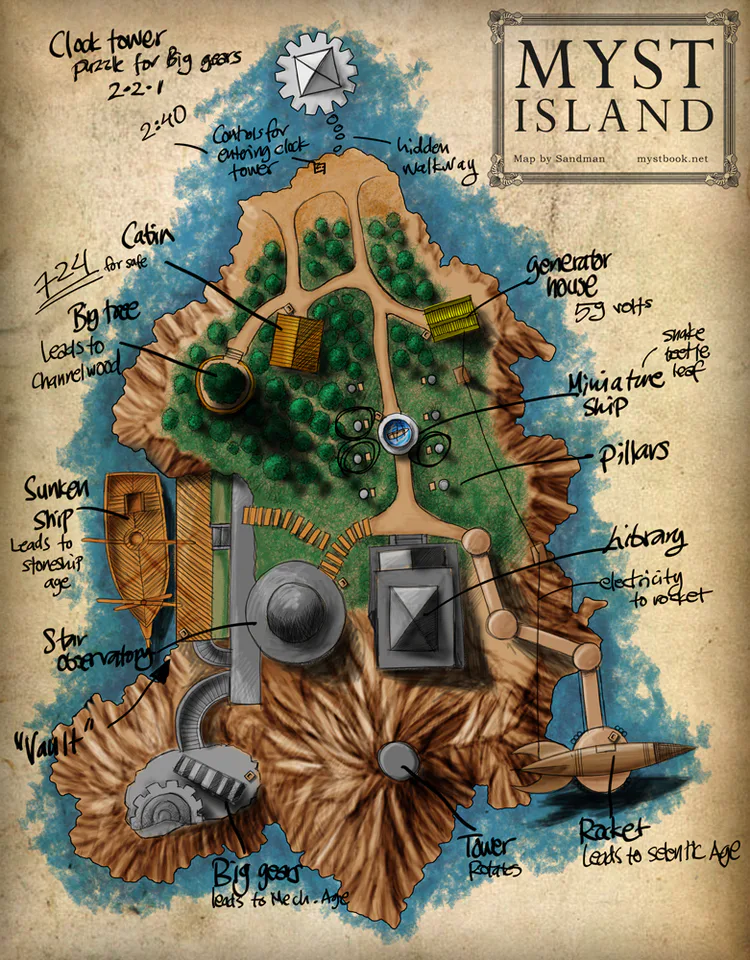
realMYST, in it’s rush to make the game “better” using real-time 3D rendering, actually made the game worse to play.
So there you have it, my argument for pre-rendered 3D backgrounds to make a comeback in games.
At the very least, I hope I’ve made you reconsider using older techniques in any discipline. Just because you can do something faster now, that doesn’t mean you can do it better. Maybe there’s something specifically detailed about some way of creating art that you’re overlooking because “we have BETTER ways of doing it now”.
If you’re still not convinced, please watch this review/comparison of Oddworld: Abe’s Odyssey/New ‘n’ Tasty by Mathewmatosis. He reiterates a lot of what I’ve said, but with a great game as a reference point, and he has a sexy Irish accent.
Finally, the reason I’ve written this very long post is because my game used set camera angles like old Final Fantasy game, and I don’t know why more people aren’t doing it. I’ll leave you some gifs of Desert Child right here.
(Please excuse the debug ‘star boxes’ and random cloned NPCs)




xoxo
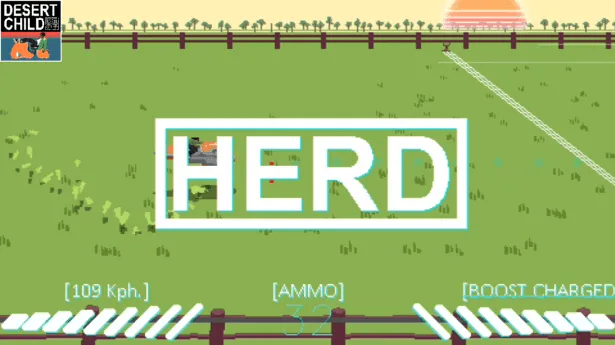
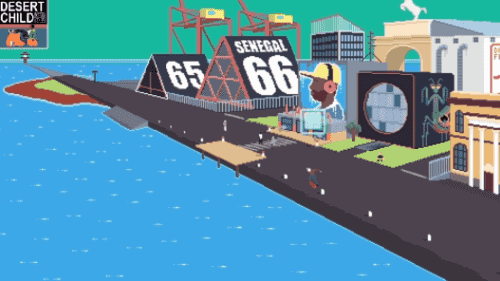
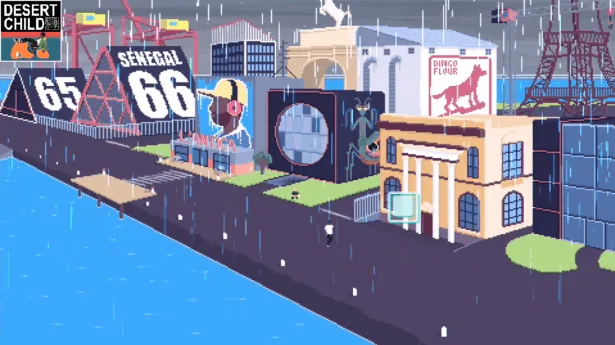
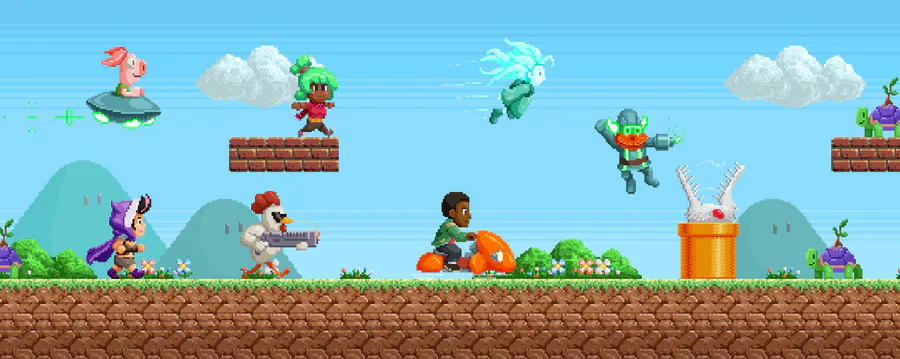


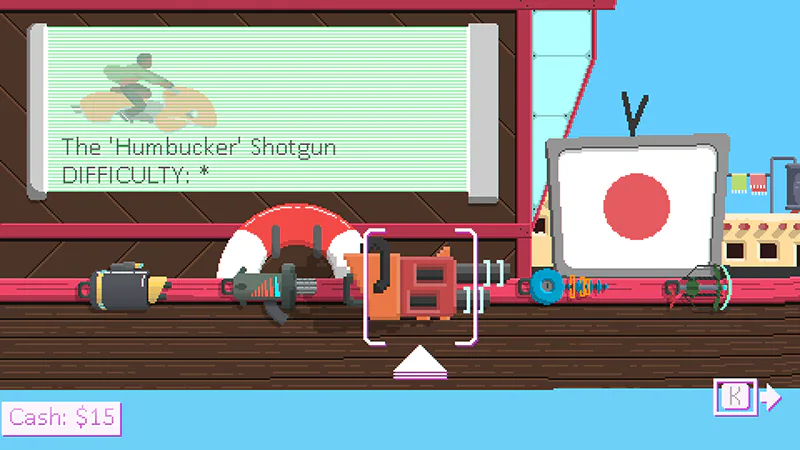
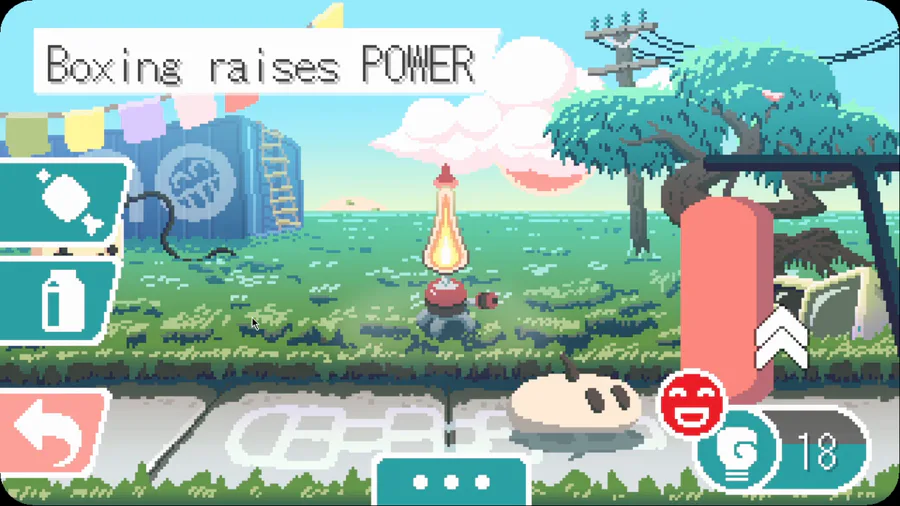

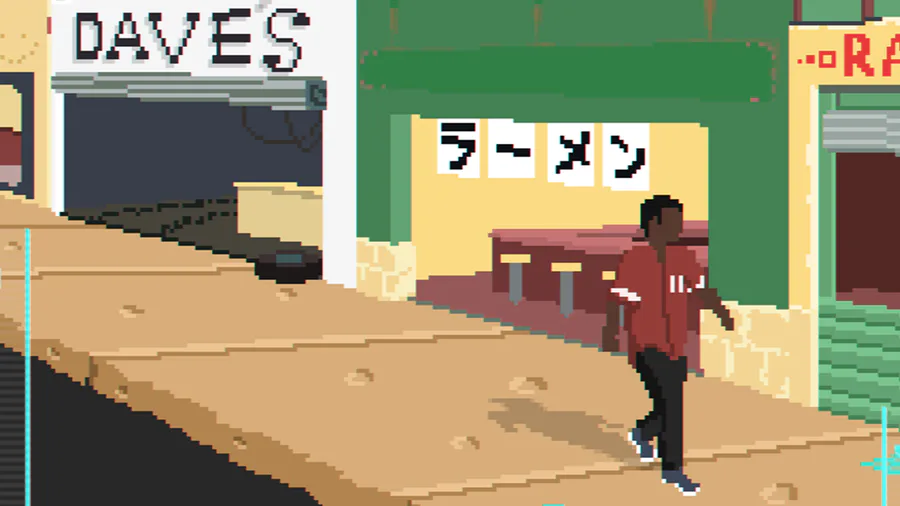
5 comments